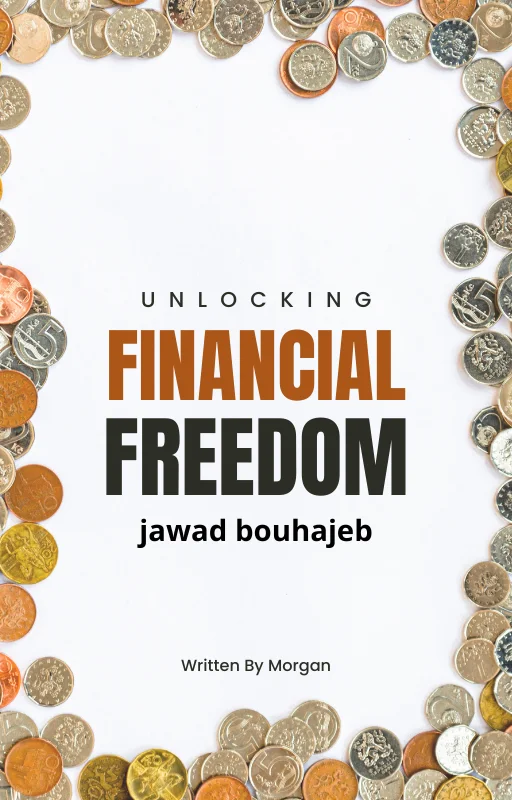
Introduction to Canva and ChatGPT
In the realm of digital design and content creation, two powerful tools have emerged as indispensable assets: Canva and ChatGPT. Canva is recognized for its user-friendly interface that democratizes graphic design, allowing individuals and businesses alike to produce a wide range of visual content. From eye-catching social media posts to professional-grade presentations, Canva offers a plethora of templates, design elements, and editing tools that cater to both seasoned designers and novices. Its drag-and-drop functionality ensures that users can easily customize designs without the need for extensive design knowledge, making the platform an essential tool for anyone looking to enhance their visual communication.
On the other hand, ChatGPT stands out as a cutting-edge artificial intelligence language model developed by OpenAI. This tool excels in generating human-like text, facilitating communication, brainstorming ideas, and even enhancing content creation tasks. Whether you need assistance in drafting articles, formulating social media captions, or developing engaging marketing copy, ChatGPT provides a seamless experience that can significantly bolster productivity. Its advanced natural language processing capabilities allow it to understand context, enabling users to receive more tailored responses that align with their specific needs.
Together, Canva and ChatGPT present a unique opportunity for designers and content creators to streamline their workflows. By integrating the visual prowess of Canva with the creative and communicative capabilities of ChatGPT, users can automate many aspects of their design processes. This synergy not only aids in faster project turnarounds but also enhances overall creativity, leading to more effective and visually appealing outcomes. This blog post will delve deeper into how the harmonious integration of these two tools can elevate design businesses and optimize creative workflows.
Benefits of Automating Your Design Process
In the competitive landscape of design, automation stands as a transformative solution, particularly when utilizing platforms like Canva and ChatGPT. One of the primary advantages of automating design tasks is the significant streamlining of workflows. By automating repetitive tasks, designers can allocate their time toward more creative pursuits, enhancing overall productivity. For instance, automating template creation in Canva enables designers to quickly produce multiple iterations of a design, maintaining a consistent aesthetic while minimizing manual adjustments.
Leveraging ChatGPT can further augment this process by generating fresh design ideas, allowing designers to brainstorm and innovate without the resource-draining effort typically involved in creative ideation. This not only accelerates the project timeline but also enriches the creative pool from which designers can draw inspiration. The synergy between Canva’s intuitive interface and ChatGPT’s powerful language capabilities creates a comprehensive ecosystem that equips designers to deliver high-quality outputs efficiently.
Moreover, employing pre-existing Canva templates ensures brand consistency across different design projects. Automation in this regard minimizes the risk of deviations from established brand guidelines, which can dilute brand identity. By setting up a system where templates are utilized, teams can seamlessly integrate branding elements, fostering a cohesive appearance in all marketing materials.
However, while reaping the benefits of automation, potential challenges may arise, such as the initial learning curve associated with these tools or the temptation to over-rely on automated solutions. To overcome such challenges, organizations should prioritize training and experimentation, gradually incorporating these tools into their workflows. This measured approach allows teams to find the right balance between automation and human creativity, ultimately leading to enhanced design output and efficiency.
How to Integrate Canva and ChatGPT in Your Workflow
Integrating Canva and ChatGPT into your design workflow can significantly enhance productivity and creativity. To begin, it is essential to set up both platforms to work seamlessly together. Start by familiarizing yourself with the functionalities of each tool. Canva, known for its user-friendly interface and vast design options, allows users to create visually appealing graphics, while ChatGPT excels at generating creative text prompts and suggestions.
One effective method to incorporate these tools is using ChatGPT to brainstorm ideas for design projects. You can initiate this collaboration by asking ChatGPT for design concepts, taglines, or color schemes. For instance, you might prompt ChatGPT with a request for a logo idea for a technology startup. The AI can provide multiple suggestions that you can consider implementing in Canva.
Once you have generated your ideas using ChatGPT, switch to Canva to execute these concepts. Canva’s design templates can help streamline this process. To quickly apply the suggestions made by ChatGPT, select a template that aligns with your project needs. Customization features in Canva allow you to modify elements according to your creative vision. Import the elements suggested by ChatGPT directly into your Canva project for a more cohesive design.
Additionally, consider exploring third-party applications and API access to expand the capabilities of both tools. Some developers offer integrations that allow you to automate workflows by connecting ChatGPT outputs straight into Canva. For example, automating the input of text generated by ChatGPT into a Canva template can save time and ensure consistency across design elements.
By actively customizing these integrations, you can craft a tailored workflow that meets your specific design business needs. With practice, the combination of ChatGPT’s creative capabilities and Canva’s robust design tools can transform how you approach design projects, ultimately leading to a more efficient process and enhanced creativity.
Case Studies and Success Stories
In recent years, the integration of Canva and ChatGPT has revolutionized the design landscape for numerous individuals and businesses. These powerful tools have allowed users to automate various aspects of their design processes, leading to increased efficiency and enhanced creativity. A notable case study involves a digital marketing agency that adopted Canva for its graphic design needs while utilizing ChatGPT for content creation. By automating these two critical components, the agency reported a 40% reduction in project turnaround time, significantly enhancing client satisfaction and leading to repeat business.
Another compelling example comes from an e-commerce startup that employed Canva to design visually appealing product images and ChatGPT to generate engaging product descriptions. This strategic automation not only streamlined their workflow but also resulted in a 30% increase in conversion rates within the first quarter of implementation. The synergy between these tools provided the team with the capacity to focus on critical aspects of their business, such as marketing strategy and customer engagement, which further propelled their growth.
Testimonials from users highlight the transformative effects of combining Canva and ChatGPT. A freelance graphic designer noted, “Using ChatGPT to brainstorm ideas has saved me countless hours. Coupled with Canva for design execution, my creative output has soared.” Additionally, a small business owner shared, “The automated design process allowed me to maintain my brand’s visual consistency while freeing up time to connect with clients.” These success stories underscore the effectiveness of integrating Canva and ChatGPT into design workflows. By implementing similar strategies, aspiring designers and businesses can find inspiration and explore the potential to elevate their own creative processes.

ypemhurigrsghiijiwkzhnjqgtlmoz